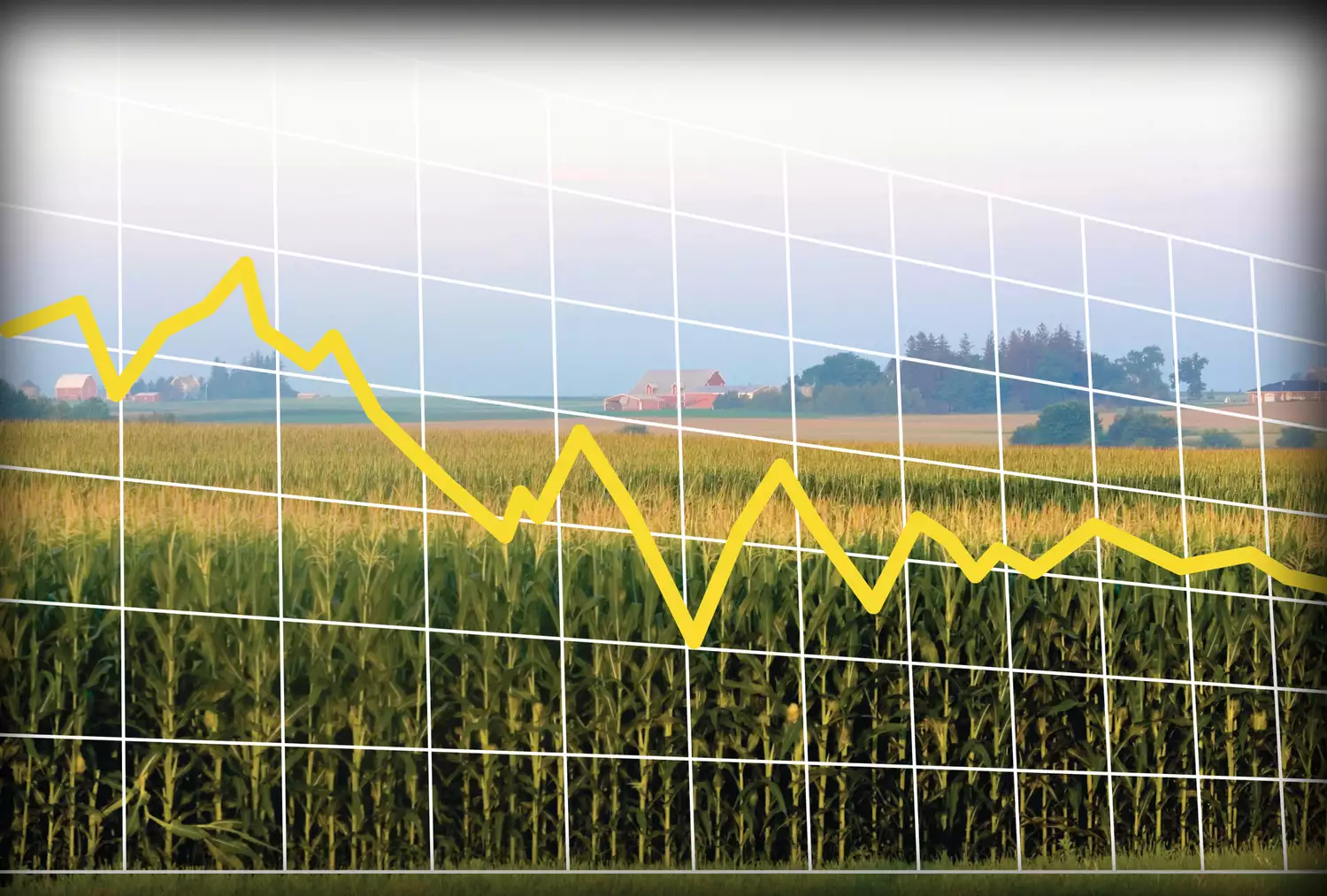Understanding Market Futures: Trends, Insights, and Real-Time Examples
Market futures play a crucial role in the financial landscape, offering traders, investors, and producers a way to manage risk and anticipate market movements. This article explores what market futures are, recent trends in the market, and offers real-world examples to help you stay informed.

Understanding market futures is essential for anyone involved in trading or commodities.
What Are Market Futures?
Market futures are standardized contracts that allow buyers and sellers to agree on the future price of a commodity, index, or financial asset. These agreements help manage price risk. They are widely used for grains, livestock, and financial indices, providing transparency and liquidity in the markets. By locking in prices, participants can shield themselves from sudden swings, making futures a fundamental tool in modern trading.
Recent Trends in Market Futures
In May 2025, grain and livestock futures experienced significant volatility. For example, July corn futures closed down nearly 6¢ at $4.42½ per bushel, while soybeans ended higher, highlighting the unpredictable nature of these markets. Grain markets showed mixed reactions in response to recent economic reports and weather patterns, indicating that market futures are directly impacted by external events and forecasting. Read the full analysis of recent grain and cattle markets here, which delves into how futures adjusted throughout the trading day.
Soybeans saw positive movement, supported by tax credit discussions and lower ending stock estimates, while wheat contracts finished mixed. According to market analysts, corn and soybeans benefited from favorable planting conditions. This shows that market futures are highly responsive to agricultural updates and policy changes.
Market Futures in Action: Real-World Examples
Trends in futures are shaped by speed of planting, weather, and global demand. On May 13, 2025, wheat futures bounced off recent lows due to better-than-expected U.S. production prospects. The U.S. Dollar Index and crude oil contracts also influence broader market futures, with slight declines seen in financial indices and oil strengthening.
June S&P 500 futures, for instance, were down by 1 point, demonstrating how even relatively small changes can affect broader sentiment and trading strategies. For a detailed look at the factors affecting grain and livestock futures, refer to this comprehensive market outcome summary.
Key Takeaways and Continuous Learning
Market futures are powerful instruments for managing both risk and opportunity. Keeping up with expert market analysis and daily outcomes is crucial for making informed trading decisions. As recent events have shown, these markets can change rapidly in response to new data, weather events, and global policy shifts. To stay ahead, regularly follow credible sources and analyze real examples from the futures market.
Whether you’re an experienced trader or new to market futures, ongoing education and active monitoring are vital. Embrace a proactive approach, and use resources like industry reports and up-to-date market news to guide your strategies.